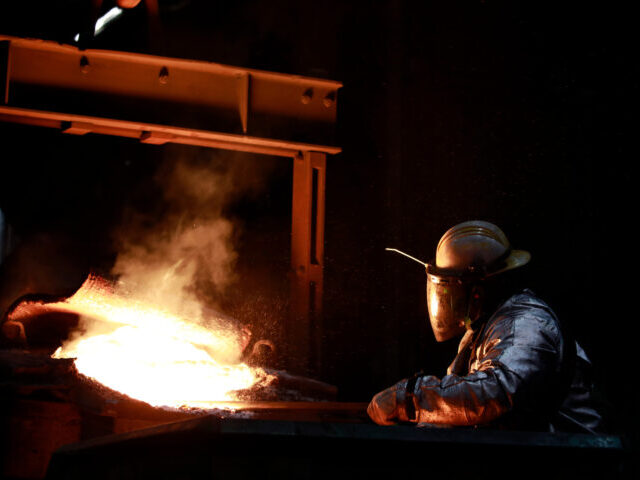The manufacturing sector in the mid-Atlantic region expanded in August for the first time in a year, a key survey indicated on Thursday.
The Federal Reserve Bank of Philadelphia said its manufacturing business outlook indicated that manufacturing activity in the region expanded overall, the first time the survey has indicated growth since August of 2022.
The index of general activity rose from a reading of minus 13.5 in July to positive 12.0 in August. This was much better than the -10 expected by Wall Street. The range of estimates in the Econoday survey started as low as -19.4 and went only to -6.8. No forecasters in the survey predicted the index would cross into positive territory indicating growth.
This is the first time since May 2022 the survey’s indicators for general activity, new orders and shipments were all positive. The index for new orders, which has been negative for 14 straight months, turned sharply higher, climbing 32 points to 16.0.
There was a small decline in the measure of employment, indicating that on balance payrolls contracted. Over 18 percent of manufacturers reported falling employment and 12 percent reported rising employment. Most reported no change.
The good news was not confined to indicators of rising demand and activity. The price indexes edged up but remain near their long-run averages, with most manufacturers reporting no change in either input or output prices for the month. This suggests that increased demand did not lead to much worsening of inflation but it also indicates that disinflatinary pressures may no longer be exerting much force in the region.
The indicators of future activity, however, softened. The expectations index for general activity fell to its lowest level since May. Forecasted new orders also fell, as did expectations for shipments. Manufacturers continue to expect higher employment, although the expectations index slipped somewhat. Inflation expectations rose above the long-run average for both input prices and prices manufacturers expect to charge. The index of future capital expenditures turned negative for the first time since April.

COMMENTS
Please let us know if you're having issues with commenting.